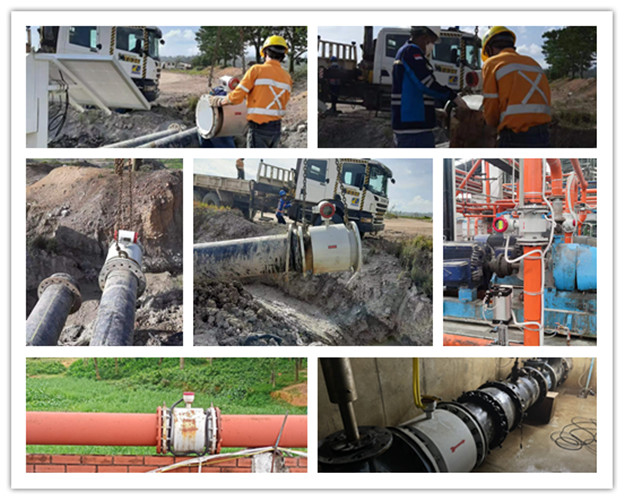How to Ensure Accurate Measurements with Electromagnetic Flowmeters
Electromagnetic flowmeters are widely used in water management, industrial processing, and utility monitoring due to their non-intrusive measurement principle and high reliability. These devices operate based on Faraday’s law of electromagnetic induction, detecting the flow rate of conductive liquids without any moving parts. Despite their advantages, users sometimes encounter inaccurate readings. Understanding the factors affecting accuracy is crucial for maintaining system efficiency and preventing operational errors.

Initial Calibration and Self-Diagnostics
Before leaving the factory, Holykell electromagnetic flowmeters undergo rigorous calibration to ensure their readings meet the specified accuracy grade. When first installed, the instantaneous flow rate should stabilize quickly with minimal fluctuation. Modern flowmeters also include self-diagnostic functions: if an internal component malfunctions, the device typically issues an alarm. In the presence of such warnings, the recorded flow may be unreliable.
Pipe Requirements for Reliable Performance
The layout of the pipeline directly affects the performance of electromagnetic meters. The instruments require straight pipe sections upstream and downstream to allow for stable, laminar flow. Newly designed water treatment plants can usually meet these specifications. However, retrofitting older facilities can be challenging. In such cases, flow conditioners or straightening vanes can be installed to correct turbulence and improve measurement reliability.
Flow Velocity Considerations
Low liquid velocity is another common cause of measurement errors. This issue is especially prevalent near the endpoints of distribution networks, where pressure drops result in reduced flow. Inadequate velocity can lead to signal instability and fluctuating readings. Operators can often improve accuracy by adjusting control valves or modifying the system to maintain sufficient flow through the metered section.
Gas Bubbles
The presence of air or gas bubbles in the pipeline can induce erratic readings and signal noise. Detecting and eliminating gas sources is essential for stable operation. In certain cases, installing air release valves or venting points can help maintain accurate measurement conditions.
Electrode Contamination
Over time, submersible sensors and electrode surfaces may accumulate sediment, silt, or biological deposits. These deposits interfere with the electromagnetic signal, producing deviations in the measured flow. The use of scraper electrodes and routine cleaning schedules ensures that the sensor maintains proper contact with the fluid and continues to deliver precise readings.
Debris and Foreign Matter
Foreign particles or scale buildup at the meter’s inlet can alter the flow profile, leading to sudden velocity changes and large measurement errors. Preventative maintenance, including periodic pipeline cleaning, is essential to minimize such disruptions and maintain consistent accuracy.
Conclusion
Electromagnetic flowmeters are highly reliable instruments, but their accuracy depends on multiple operational and installation factors. Ensuring proper calibration, maintaining adequate flow velocity, avoiding air entrainment, keeping electrodes clean, and removing debris from pipelines are all critical steps. By proactively addressing these aspects, operators can maximize the performance of their flow measurement systems, improve data reliability, and extend the service life of their equipment.
For industrial water systems, municipal utilities, or chemical processes, understanding and mitigating the factors that affect flow measurement is essential. With proper installation, maintenance, and regular verification, electromagnetic flowmeters continue to provide accurate, stable, and trustworthy readings for years of dependable operation.





